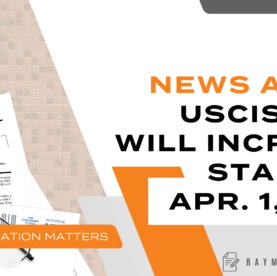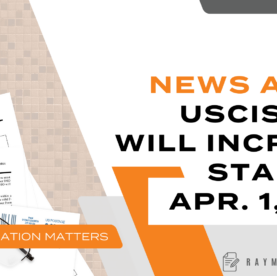New Census Data Signals Struggling Population Growth in Pennsylvania

According to recent data from the U.S. Census Bureau, Pennsylvania struggled to maintain its population over the last year, while other parts of the country experienced strong population growth. Some people suggest that muted immigration growth is a primary factor driving this population decline.
Census Data Reflects Changing Population Landscape
Census data reflects that more than 73% of counties in the United States experienced a natural population decrease in 2021, up from 45.5% in 2019 and 55.5% in 2020. The phrase “natural decrease” applies when more deaths than births occur in a given area over a certain period of time. Considering a region’s migration patterns as well, it is possible to discern that region’s population trends.
Areas in Texas, Florida, Arizona, California, and Utah saw the largest growth in 2021, but Pennsylvania experienced a population decline. In the wake of the pandemic, the Commonwealth’s total population fell by approximately 25,000 people. The Commonwealth had more deaths than births, and migration into the region failed to offset the loss of population caused by the loss of life.
The largest population loss came in Pennsylvania’s metropolitan areas, with Philadelphia County losing 25,000 residents and Allegheny County losing 10,600 residents. Suburban counties experienced the largest growth: 4,000 people for Chester and Montgomery Counties, 3,600 people for the Philadelphia suburbs, and 2,900 people for Cumberland County, a suburb East of Harrisburg. Overall, the eastern half of the state experienced greater growth than the western.
Census data provides more than just an insight into population trends in the United States; in fact, data from the 2020 Census will determine the distribution of hundreds of billions of dollars from the federal government to state and local governments throughout the next decade. These federal dollars will provide housing, food assistance, education, medical services, and public transportation for innumerable Americans.
Impact of Immigration Policy on Population Growth
The recent census data likely reflects the lingering effects of the pandemic rather than a lack of population growth in the United States. That said, the pandemic arrived late in the term of an administration that was openly hostile toward immigrants. Certainly, its policies contributed, at least in part, to the lack of migration into the country in 2021. In fact, as observed in a tweet by Derek Thompson, host of the Plain English podcast, “if you compare 2016 and 2021, the collapse [in] immigration accounts for even more of the decline in population growth than excess deaths. Wild.”
In Pennsylvania, as elsewhere in the country, immigration drives population growth. As noted in a recent post on this blog, Black immigrant growth has spurred population growth in Philadelphia since the year 2000. However, the nature and sustainability of that growth will rely on an immigration policy that welcomes those seeking to enter the United States.
To learn more about this blog post, or if you have any other immigration concerns, please feel free to contact me at rglahoud@norris-law.com or (484) 544-0022.





